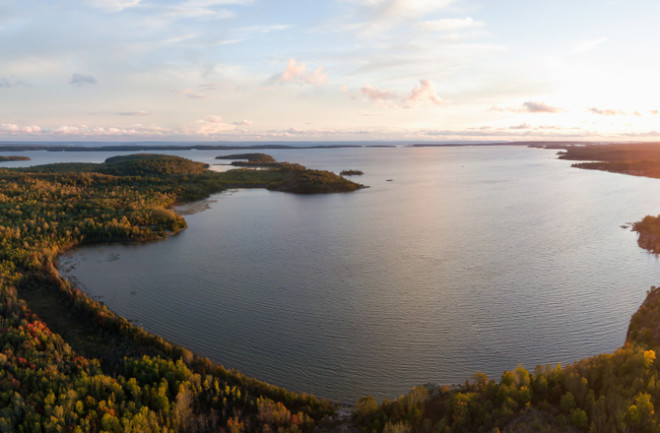In 2007, underwater archeologist Mark Holley was scanning for shipwrecks on the bottom of Lake Michigan’s Grand Traverse Bay. Instead, he stumbled on a line of stones thought to be constructed by ancient humans — including one stone with what appeared to be a carving of a mastodon. The subsequent press conference generated excited headlines about a “Stonehenge-like structure” found under Lake Michigan.
But these sensationalized headlines are misleading: there’s no “henge” to the structure. The stones are small and arranged in a V-shape instead of a circle. Plus, the supposed-mastodon image hasn’t been analyzed to prove whether it’s a carving or a natural feature of the rock.
The real underwater stone sensation lies 120 feet below neighboring Lake Huron: an area the size of a football field with dozens of 9,000-year-old artifacts and human-built stone structures that comprise the most complex prehistoric hunting structure ever found beneath the Great Lakes.

